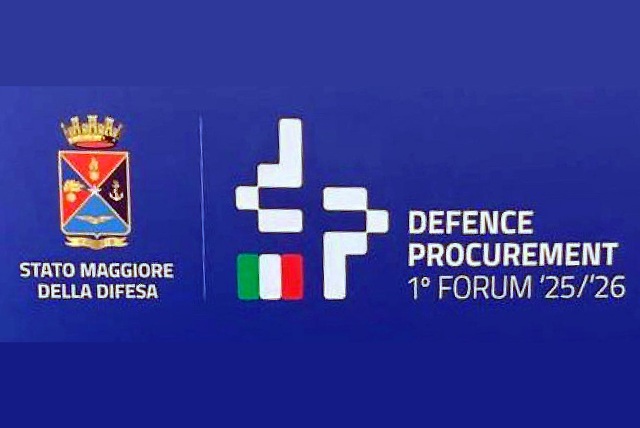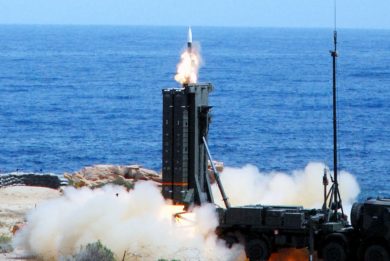Defence Procurement in Italy: opportunities and challenges
On September 16, the first forum on “Defence Procurement: National View for a European Defence” was organised by the Armed Forces Headquarters, and took place at the DNA/SGD premises, with the aim to start a path that should lead to an analysis of opportunities and challenges, to improve defence procurement process
This was the first step in a process of merging the various components of Italian defence and security, including the armed forces, business community, universities, and research, to share their experiences, projects, and visions for the near future, planned for 2030. At this initial meeting, all participants – the Armed Forces, industries like Leonardo, Fincantieri, MBDA, Rheinmetall Italy, some leading universities such as the Polytechnic of Turin and businesses – signed a Memorandum of Understanding (MoU) to launch a comprehensive architecture, structured through three working groups. A document was scheduled for publication in spring 2026 during the planned Italian “General States of Defence.” These working groups will address, respectively, conventional conflicts (in its subcategories of land, sea, and air), the cyber/AI threat, and the space domain, to identify policy directions for increasing the defence budget. The ongoing evolution of the strategic framework and the rapid pace of technological change make this document not only critical but also open to dual-use considerations.
Defence procurement in the near future cannot be just a matter of funding, thanks to the € 150 billion allocated by the European Commission through the SAFE (Security Action for Europe) programme, but also of clarifications and rationalizations at every level, such as careful industrial and military cooperation, as well as streamlining bureaucratic procedures by governments and international institutions (it is worth noting that in the various interventions, NATO was only marginally mentioned, and the serious doubts about the future of transatlantic relations remain). All of this was a common thread throughout the various interventions, which clearly demonstrates that effective, efficient, and rapid defence procurement cannot exist without a clear political framework, and therefore clear agreements among the (few) nations with real production capacity, primarily, coordinated with the majority of EU purchasing nations and partners, starting with Great Britain.
The meeting was concluded with a speech by Italian Defence Minister Guido Crosetto. His speech was highly anticipated because the minister, who on several occasions had already emphasized the unpreparedness of the Italian and European armed forces to face a conflict like the Ukrainian one. The previous day he once again emphasized this situation at another ceremony, adding that a policy of effective disarmament practiced for thirty years, even if it takes now the opposite direction, cannot yield immediate results, especially with public opinion still deaf to the needs imposed by the current situation. Crosetto once again stressed the problems, not only for Italy, of national coordination between universities, industries, and the armed forces to effectively restart defence programs, which now, thanks to SAFE, will be able to count on a broad financial base. He concluded underlining that the model of US DARPA (Defence Advanced Research Projects Agency) would be an ideal model also for the positive fall that the work of this agency has on the civilian environment. Crosetto also emphasized the problems of the Western security system, now different from those of the past, with the West viewed with ever greater hostility, while it needs to open up to nations like India and Brazil, which must be involved and transform NATO towards a truly global, rather than regional, security architecture.




